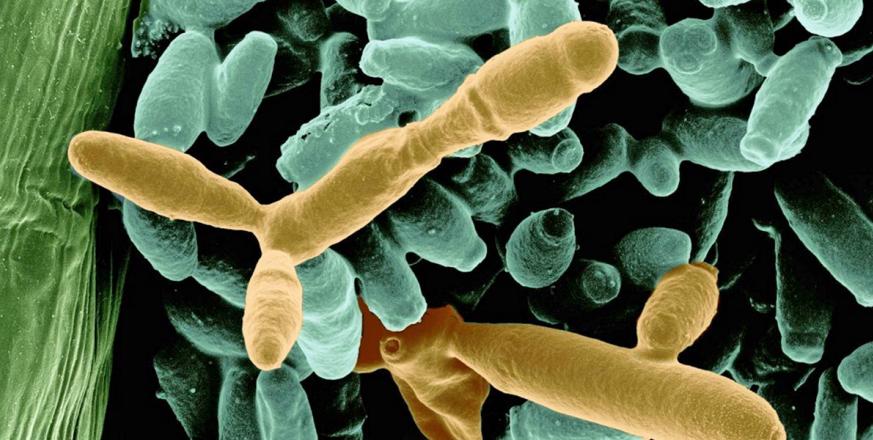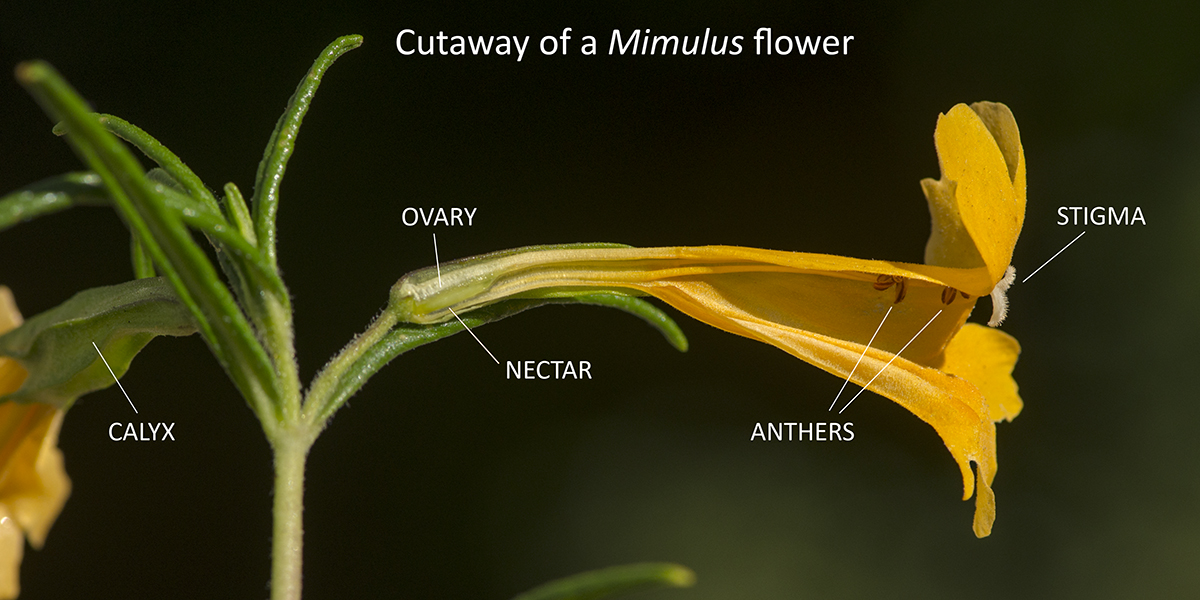A new study disentwines drivers of nectar microbiome diversity

A central goal of ecology is understanding the factors that sustain and control biodiversity, and in particular, determining what prevents one species from outcompeting another. In a new publication, postdocs Andrew Letten and Manpreet Dhami, doctoral student Po-Ju Ke, and professor Tad Fukami dissect the roles of two mechanisms that maintain coexistence in two pairs of yeast species found naturally in the nectar of sticky monkeyflower, Mimulus aurantiacus. Its tubular flowers are pollinated by hummingbirds, which consume the floral nectar, vectoring yeast in the process.

Letten and coauthors report that in each pair of yeasts, neither species can completely outcompete the other because each grows better under slightly different environmental conditions, leading to competitive reversals between species as conditions or resources fluctuate naturally, and each species responds positively to the kind of fluctuations (or environmental stability) induced by the other. Stanford News reports that this study is the first to experimentally disentwine these two mechanisms—termed temporal storage effect and relative nonlinearity—which have direct relevance for considering the effects of environmental extremes on biodiversity in a changing climate.



